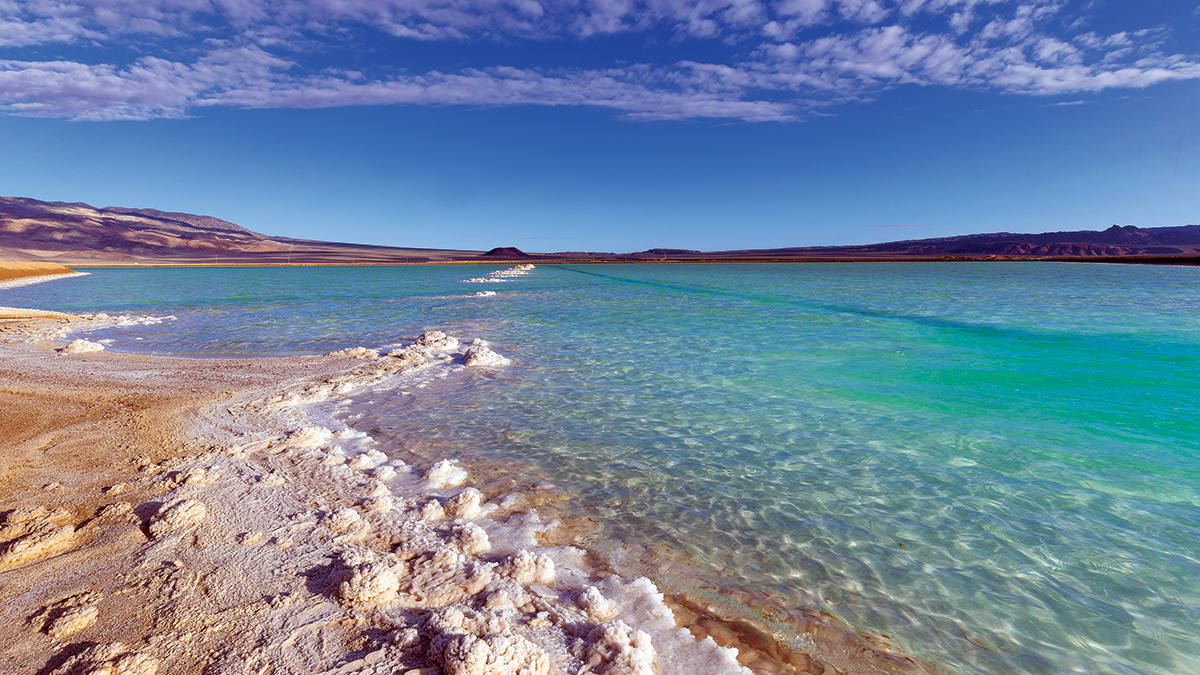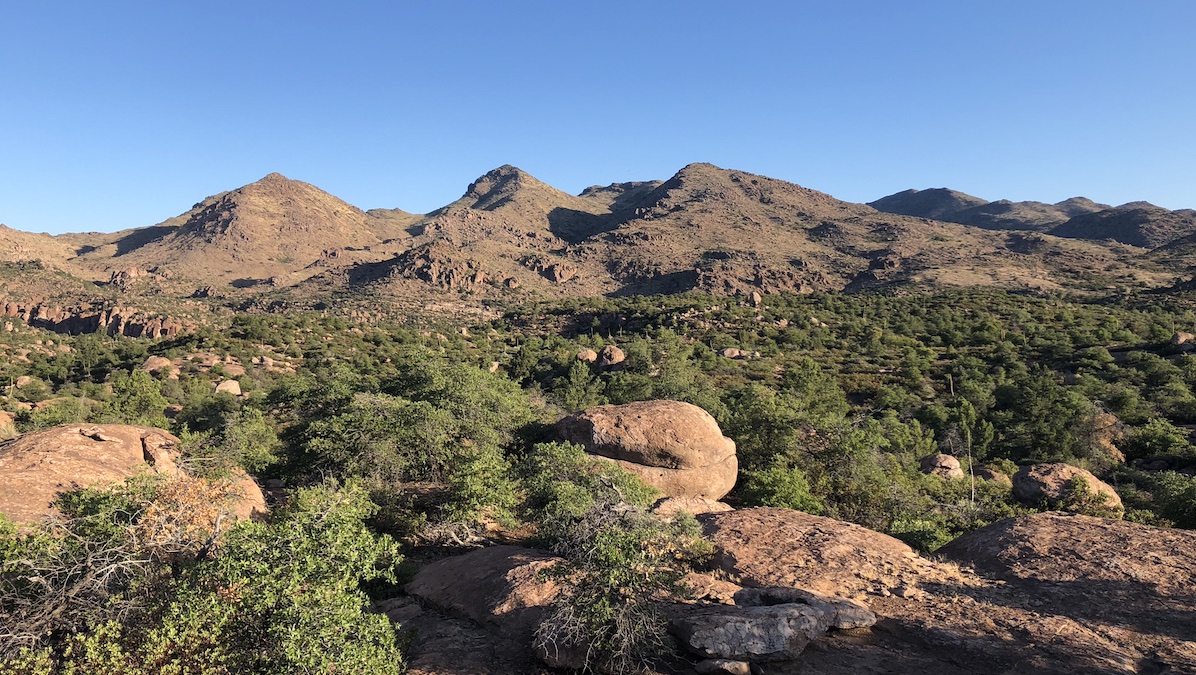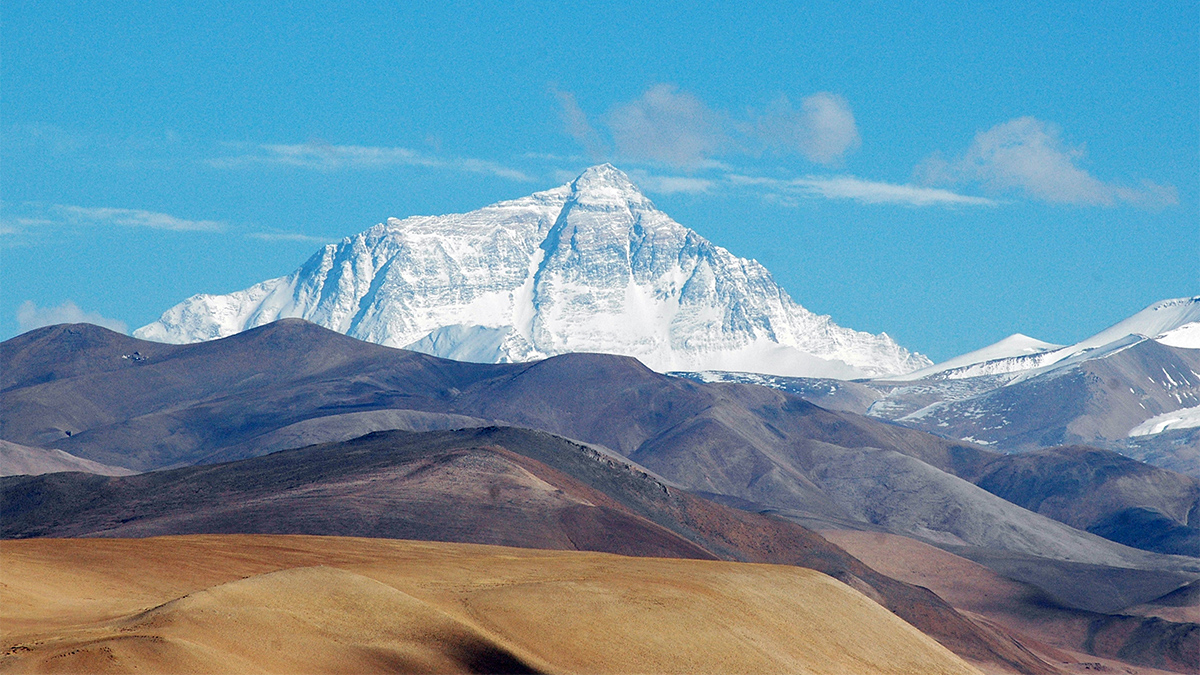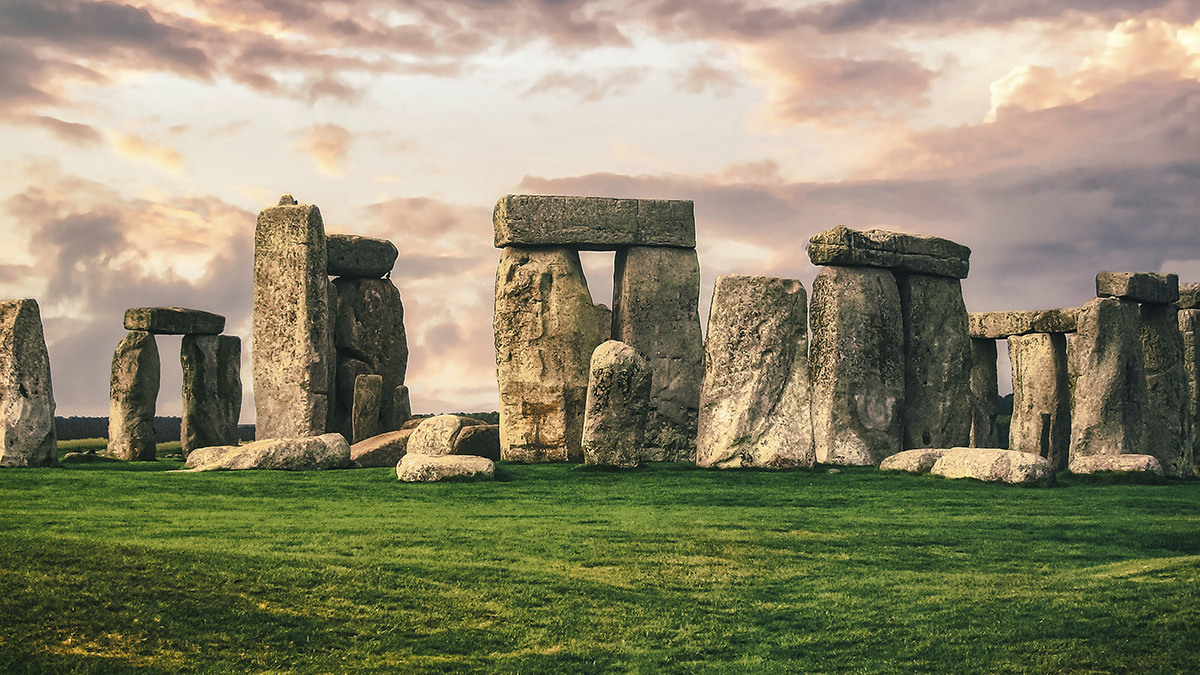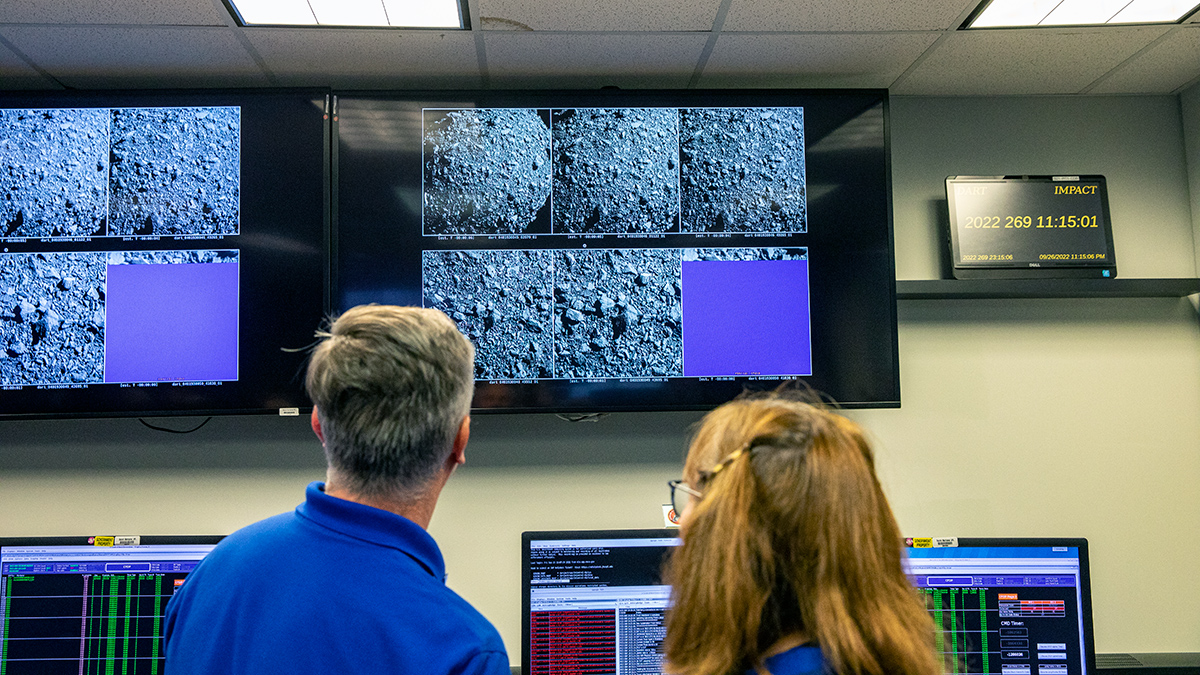Nevada is becoming a major producer of lithium, thanks to topography, climate, and geologic serendipity.
geology
Here’s Why Resolution Copper Wants to Mine Oak Flat
Southeastern Arizona’s “Copper Triangle” is a hot spot for high-grade deposits, thanks to ancient magmatic activity.
A Pirate River May Be Giving Mount Everest a Boost
Rapid erosion can cause mountains to rise—even the world’s tallest peak.
High-Pressure Reactions Can Turn Nonporous Rocks into Sponges
Mathematical models describe how water moves through rocks in deep Earth.
From Sandstone Basin to Stonehenge Altar
New research unearths the Scottish origin of Stonehenge’s Altar Stone and its 750-kilometer journey to Salisbury Plain.
Lost City’s Plumbing Exposed by the Longest Mantle Core Ever Drilled
The core, which is 71% complete, reveals millions of years of geologic history and the plumbing underlying hydrothermal vents.
A Binary Asteroid System Gets Its Geological Close-Up
Researchers are learning more about the geology and evolution of the binary asteroid system Didymos from high-resolution imagery collected by the Double Asteroid Redirection Test mission.
Pedro Val: River Science Runs in the Family
A researcher mixes geology and biology to make sense of river biodiversity.
Cate Larsen: Teaching About Rocks
A geocommunicator uses the connective power of social media to bring geology to the masses.
Adriana Alves: Creating an Inclusive Academy
One of few Black professors at an elite university in Brazil advocates for a more diverse and inclusive academic environment.

